
Prunus mume 'Kobai' Xera Plants
PLANTS ; Home ; Topics; Team; Downloads; Partners; Related Tools; Help ; Basic Search. Go. Characteristics Search Duration Search Fact Sheets/Plant Guides. Prunus mume Siebold & Zucc. Japanese apricot. Additional References; ARS Germplasm Resources Information Network (PRMU5) CalPhotos (PRMU5)

Prunus mume (Japanese Apricot, Japanese Flowering Apricot, Japanese Flowering Plum, Mei, Mume
Few plants are as closely associated with the JC Raulston Arboretum as the Japanese flowering apricot, Prunus mume. J. C. Raulston widely promoted this winter flowering tree as a valuable addition to the southern landscape. It flowers from late December to early March depending on selection and brightens the winter garden with white to deep red.

Prunus Mume BeniChidori, Flowering Japanese Apricot in GardenTags plant encyclopedia
Mume (aka Chinese plum or Japanese apricot) is highly prized across east Asia for its white or pink, almond-scented blossom, which bursts forth in late winter and early spring, weeks ahead of.

Prunus mume Omoinomama Japanese Flowering Apricot Trees
Latin Name: Prunus mume; Other common names: Japanese apricot, ume plum, and flowering apricot; Native to: China and Korea; USDA Zones: 6 to 9; Height: 10 to 20 feet tall;. Many plants within the Prunus genus are able to genetically cross with each other, resulting in new fruits. The cross of an apricot and a plum may be known as either.

Photo 62631 Prunus mume 'Bonita' plant lust
Synonyms. Armeniaca mume Sieb. A deciduous tree of rounded habit 20 to 30 ft high, with glabrous, lustrous, green twigs. Leaves 2 1 ⁄ 2 to 4 in. long, roundish or broadly ovate, contracted at the end into a long tapering point, sharply and often doubly toothed, with scattered hairs on both sides, becoming glabrous except about the midrib.
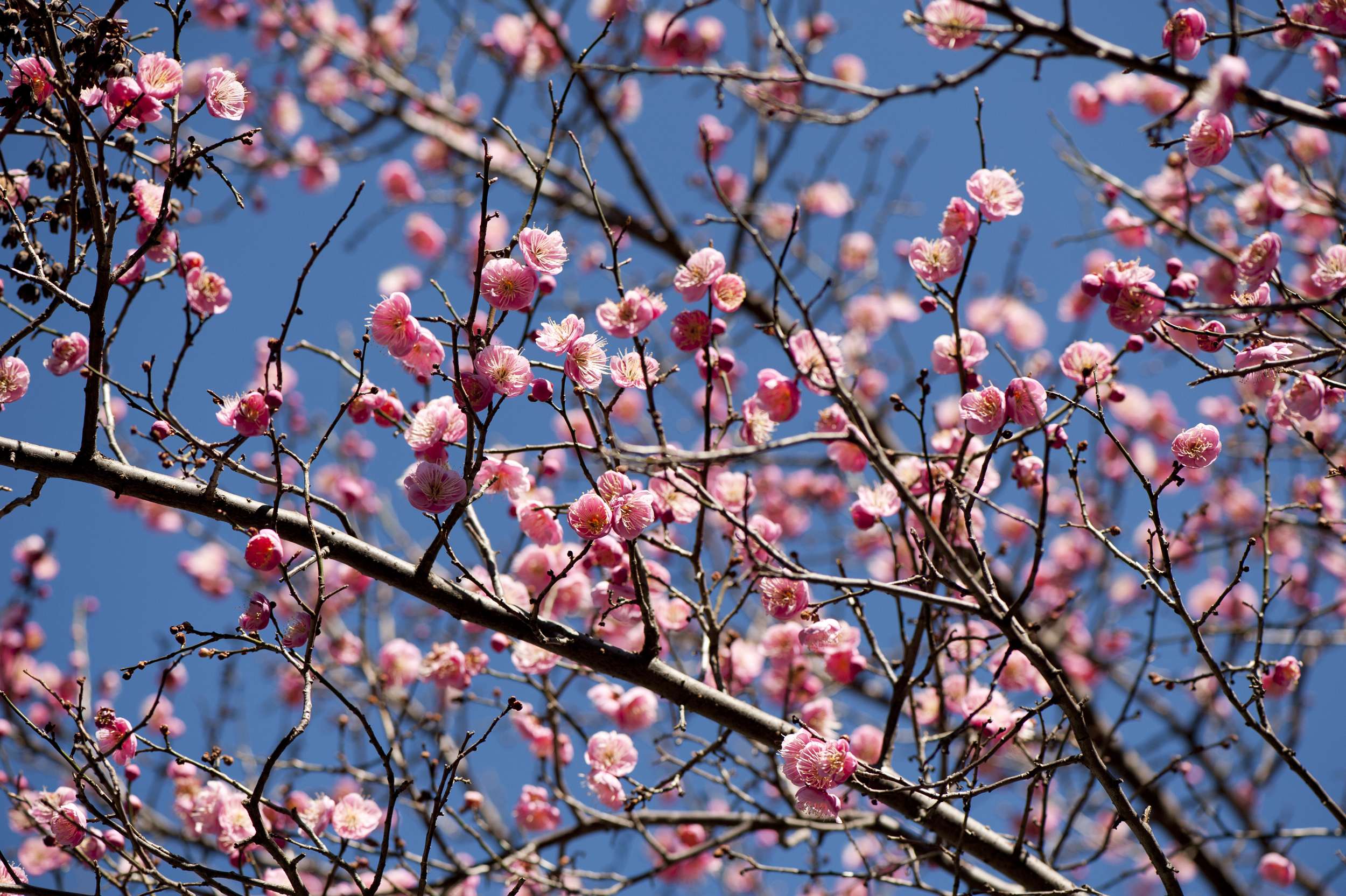
Prunus mume Archives Plant Talk
Prunus mume is a deciduous Tree growing to 9 m (29ft) by 6 m (19ft) at a medium rate. See above for USDA hardiness. It is hardy to UK zone 6. It is in flower in April, and the seeds ripen from July to August. The species is hermaphrodite (has both male and female organs) and is pollinated by Insects. Suitable for: light (sandy), medium (loamy) and heavy (clay) soils and prefers well-drained soil.

Plant Geeked Prunus mume Japanese flowering apricot
The genus, Prunus, is derived from Latin and means plum or cherry. The epithet, mume, is the Japanese pronunciation of the Chinese name for this plant. This tree prefers full sun to partial shade, moist, acidic, loamy soils. They are best planted in protected areas so that the winter cold will not damage the flowers and the eventful fruits.
1003 Gardens Prunus mume 'Okitsuakabana' is a lovely late season mume
Prunus mume is a Chinese tree species classified in the Armeniaca section of the genus Prunus subgenus Prunus.. NDSU: A good history - Prunus mume; USDA Plant Profile for Prunus mume (Japanese apricot) This page was last edited on 6 January 2024, at 09:24 (UTC). Text is available under the Creative Commons.
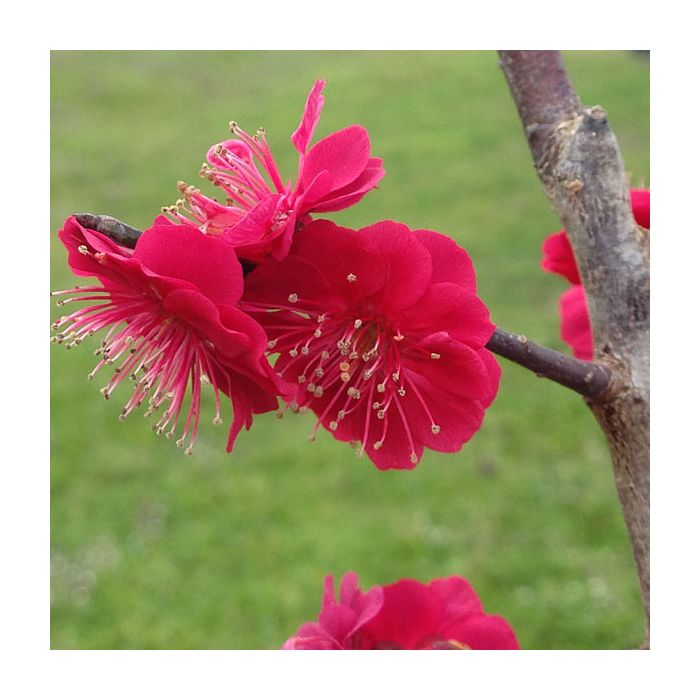
Prunus mume (Matsubara Red) Zone 7 Plants
Prunus mume, commonly called Japanese apricot, is primarily grown for ornamental purposes, and in particular for its mid to late winter bloom of pink flowers. It is native to China, Taiwan, Korea and Japan. It is an upright, fast-growing, deciduous tree that typically grows to 15-20' tall with a rounded form. It may be trained as a large shrub.

Flower Homes Prunus mume Flowers
Mume at Kew Prunus mume can be seen growing at Wakehurst (half way down Farm Walk, 7 metres from the path). Specimens of mume can be seen in the Economic Botany Collection, one of the behind-the-scenes areas of Kew. These specimens include samples of fruits and wood, and are made available to researchers from around the world by appointment.
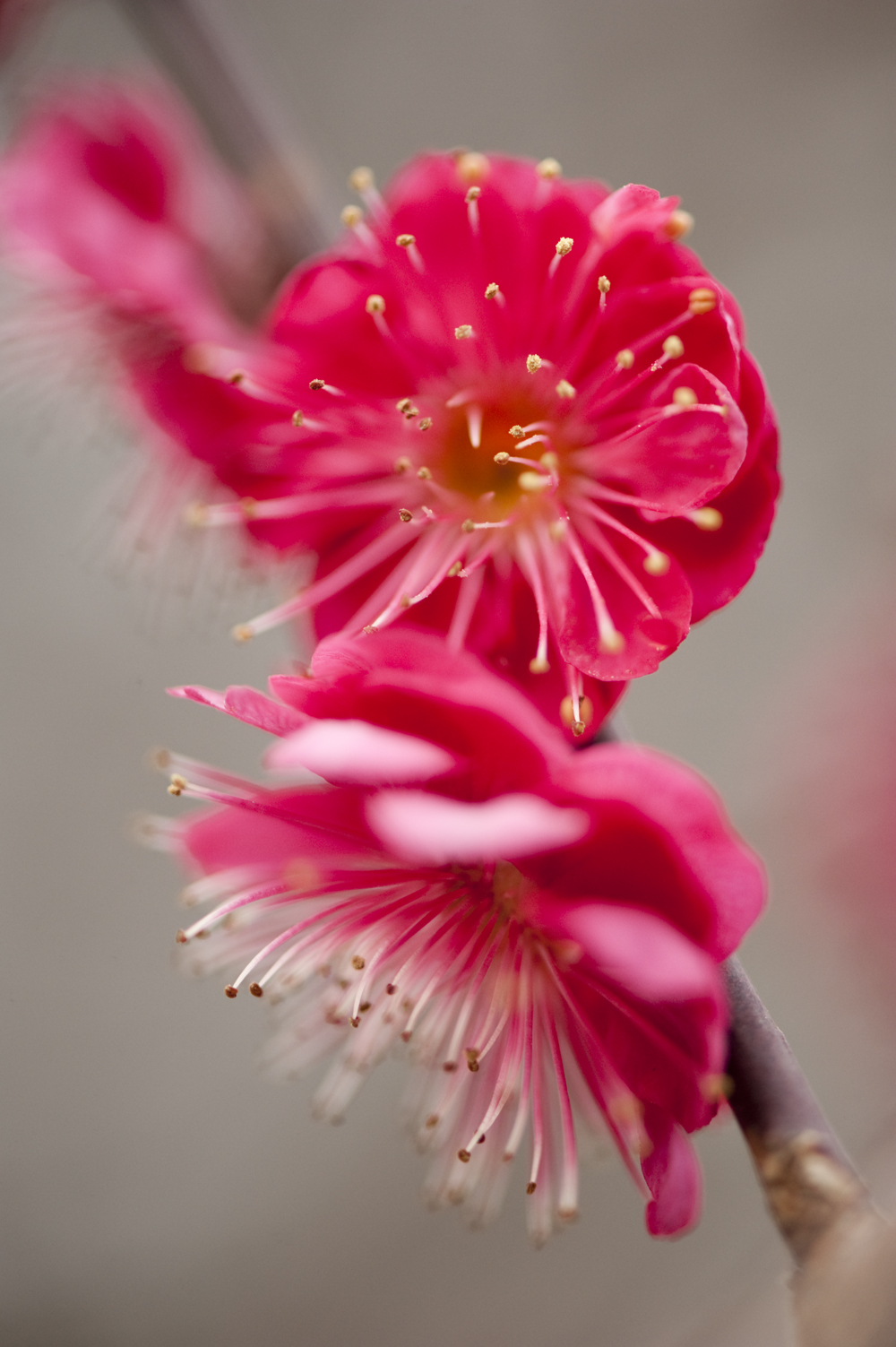
Prunus mume Archives Plant Talk
All You should know about Chinese Plum (Prunus Mume) > how to care and characteristics 🌱 PlantIn 🌿 Our best expert are here for your plants! Plant Identifier Flowers
Plant Prunus mume 'Hokkai Bungo' by Tracy Woods Blevins in Light Painted Plants Plants Map
Native to (or naturalized in) Oregon: Deciduous, bushy, rounded tree to 15-30 ft (4.5-9 m), glabrous green branches. Leaves alternate, simple, to 10 cm rounded or broadly ovate, broad wedge-shaped at base, margin sharply and often doubly serrate, petiole to 3 cm. Flowers in 1-2s, to 3 cm wide, pale pink and fragrant, very short stalked, blooms.

Prunus mume (Japanese Apricot, Japanese Flowering Apricot, Japanese Flowering Plum, Mei, Mume
Elevate your garden's elegance and flavor with the Mume Japanese Apricot Tree, also known as Prunus Mume, available for sale online at Willis Orchards. Call Toll-Free: 1-866-586-6283. You are here: Home. Plant Healthcare; Order Lookup
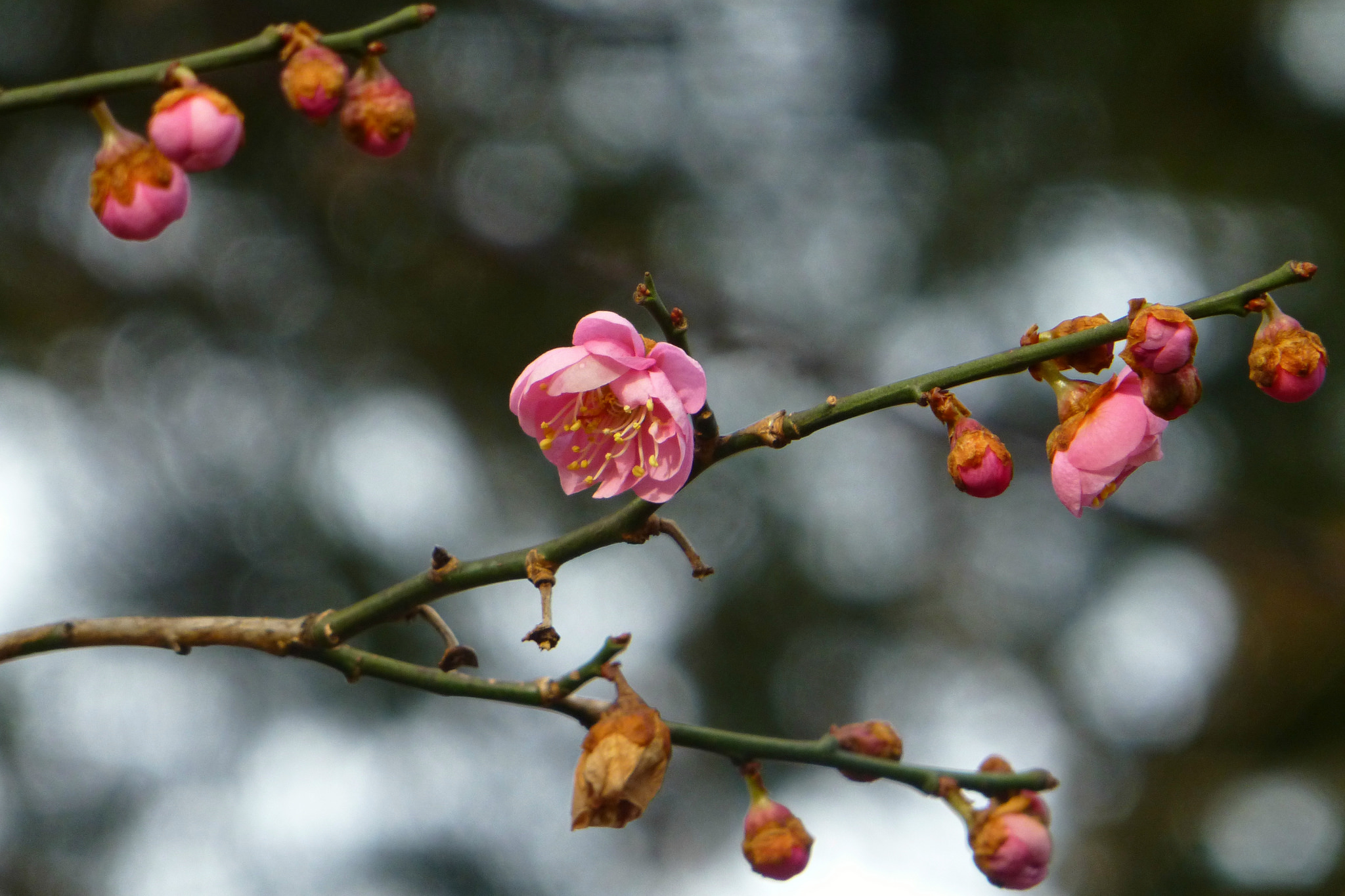
Prunus mume Archives Plant Talk
Plant database entry for Japanese Flowering Apricot (Prunus mume 'Trumpet') with 3 images.

Prunus mume (Japanese Apricot, Japanese Flowering Apricot, Japanese Flowering Plum, Mei, Mume
Prunus mume has long been highly regarded for its medicinal qualities and the most recent research has shown how truly valuable this plant is, containing natural anti-cancer substances which have been shown to suppress certain cancer cells, as well as displaying hepatoprotective, anti-inflammatory, antioxidative and antibacterial properties.
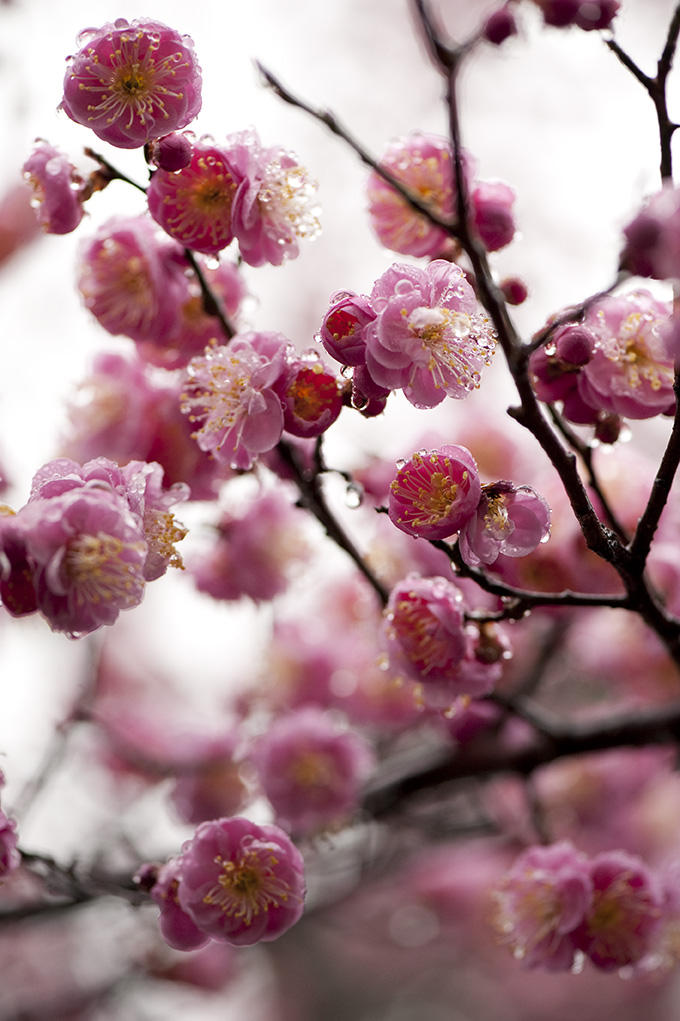
Prunus mume Archives Plant Talk
The Prunus mume, belongs to the True Plum lineage, Straight Branch Plum category, and Palace Pink type within the plum blossom species. Its flowers range from semi-double to full double blooms, presenting varying shades of red. The Palace Pink Plum is an ornamental plum blossom, boasting an ancient tree form, elegant and beautiful flowers.